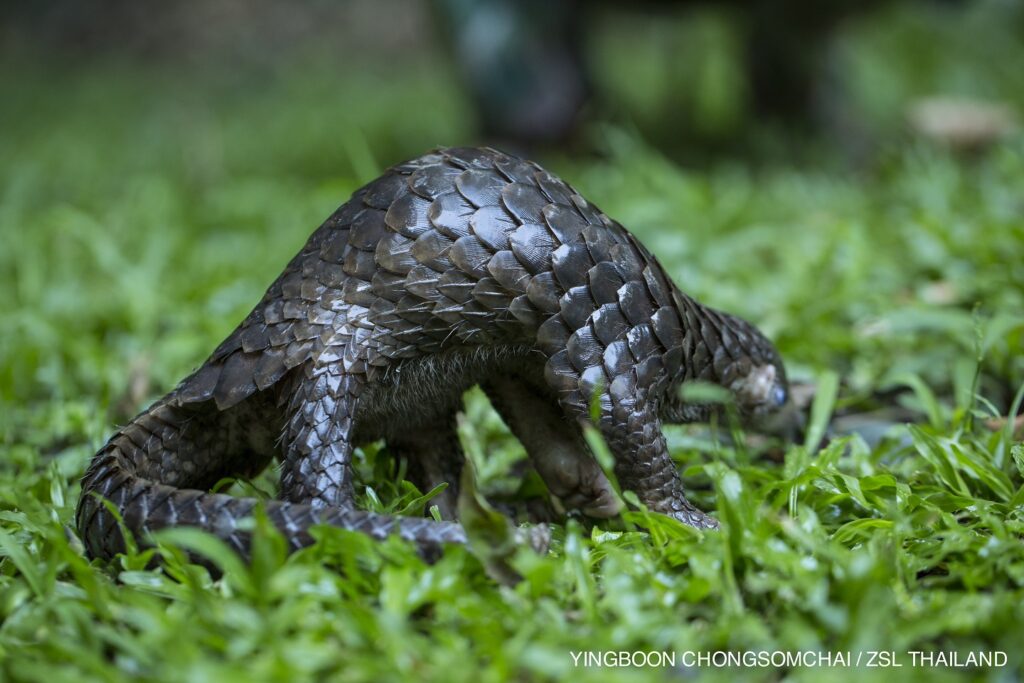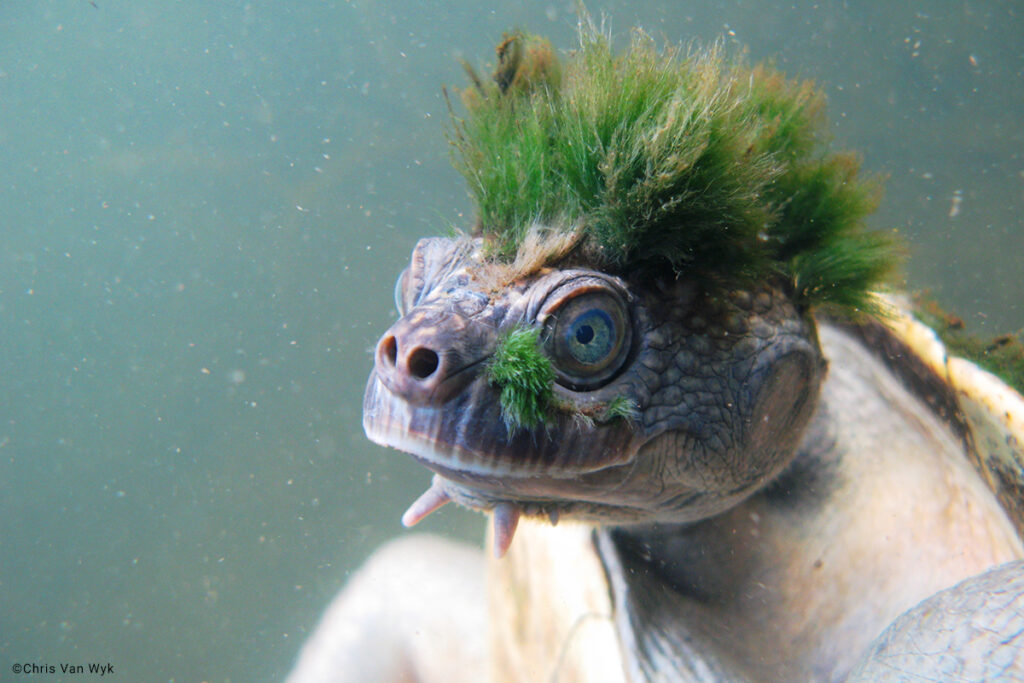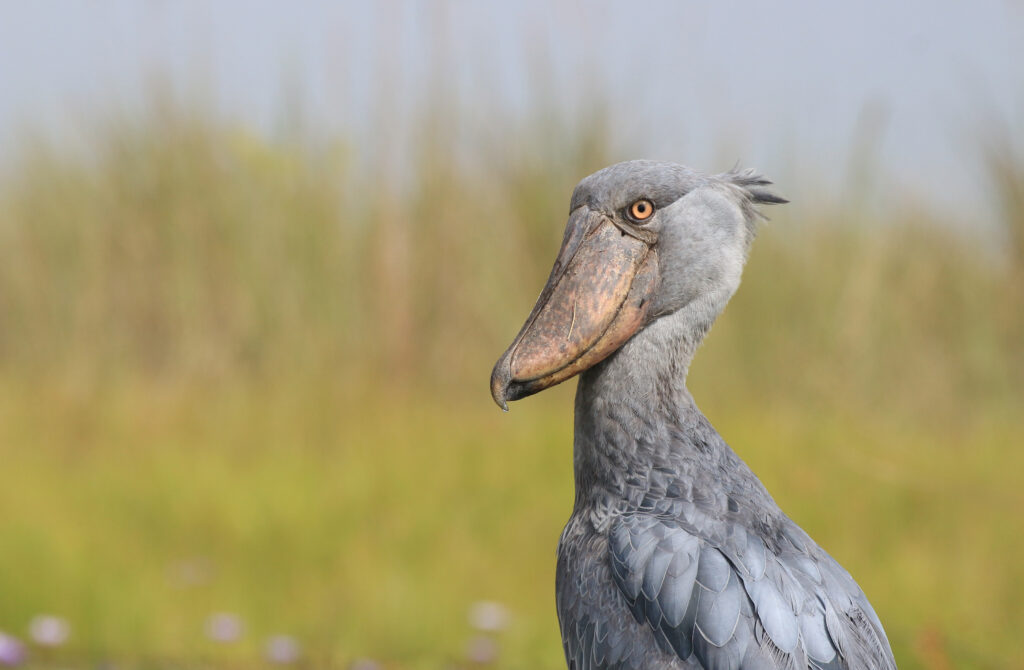
Researchers from the Zoological Society of London (ZSL) and Imperial College have completed one of the most comprehensive analyses of the evolutionary history of terrestrial vertebrates and how countless species of amphibians, birds, mammals, and reptiles are being impacted by human activity — as expected, it’s not pretty at all.
“We found that the most important areas for global evolutionary history are facing much higher levels of human pressure than we expected, with 3/4th of the most diverse regions under high or very high human pressure. Conversely, just 5% of these critical areas are under little or no human pressure,” lead author Rikki Gumbs, of ZSL’s EDGE of Existence programme and the Science and Solutions for a Changing Planet Doctoral Training Partnership at Imperial College London, told ZME Science.
“When we quantified the scale of impact by human activities across the tree of life for amphibians, birds, and mammals, we found it to be incomprehensibly large: close to 50 billion years of unique evolutionary history is at risk of being lost forever due to humanity’s actions. Numbers that large are typically associated with astrophysics, not biodiversity.”
This was the first time that researchers have investigated how areas with important concentrations of evolutionary distinct and threatened species are being impacted by human activity.
Although it’s not secret that humans are driving many species extinct through habitat encroachment, hunting, fishing, and wildlife trade, the new study has revealed important insights that animal conservation may have missed before.
For instance, the authors conclude that many regions of the world that are home to the greatest amount of unique evolutionary heritage are also some of the most affected by human footprints. These include the Caribbean, the Western Ghats in India, and large regions of Southeast Asia.
In order to figure out the amount of evolutionary history currently threatened with extinction, the researchers turned to data relevant for around 25,000 species.
“We embarked on this study for several reasons. First, we understand that the tree of life is an extremely important component of the world’s biodiversity. It is linked to ecosystem productivity and to future benefits for humanity. Identifying what species and regions across the planet are highly evolutionarily unique and facing intense human pressure will allow us to target conservation efforts to better understand and conserve these unique and amazing species and places,” Gumbs said.

After combing through hundreds of gigabytes of data and making sense of huge datasets, Gumbs and colleagues were stunned by the results of their calculations.
“I still remember having to double-check my calculations when I found that we stand to lose close to 50 billion years of evolutionary history across amphibians, birds, mammals, and reptiles! I counted and re-counted the number of zeroes to make sure I wasn’t making a mistake before emailing my supervisor. Unfortunately for the tree of life, my estimates weren’t a mathematical error,” he recounted.
All living things on Earth can trace their descent back to a common ancestor. However, smaller groups of species can also trace their ancestry back to common ancestors, often a much more recent one.
Phylogenetic trees map these relationships, with common ancestors acting as branch points. Biologists draw the branching tree of life by grouping species by shared characteristics that illustrate the degree of relatednesses, such as external morphology (shape/appearance), internal anatomy, behaviors, biochemical pathways, DNA and protein sequences, and even the characteristics of fossils.
However, not all branches are equal. Some are broad and rich, encompassing many living related species, while others are short and stubby. Then, there are branches in the tree of life where only a single species is still left — when that species dies, the entire lineage disappears with it.
For instance, the researchers found that human activity is threatening groups of closely-related species that share long branches of the tree of life, such as pangolins and tapirs. However, some of the species that face extinction belong on the tail end of extremely long branches. These include the ancient Chinese crocodile lizard (Shinisaurus crocodilurus), the Shoebill (Balaeniceps rex), a gigantic bird that stalks the wetlands of Africa, and the Aye-aye (Daubentonia madagascariensis), a nocturnal lemur with large yellow eyes and long spindly fingers.

As such, the study is offering a framework for conservation that highlights priority species, such as the punk-haired Mary River turtle (Elusor macrurus), the Purple frog (Nasikabatrachus sahyadrensis), and the Numbat (Myrmecobius fasciatus).
“All species are worth saving! Sadly, in conservation, we lack the resources to actually achieve this, given our huge impacts on the environment. Prioritising species based on their evolutionary uniqueness, as we do at the EDGE of Existence programme, should be seen as a complementary approach to other conservation efforts, such as preserving entire ecosystems and species critical to their environments that are perhaps not evolutionarily unique. However, as evolutionary history (as Phylogenetic Diversity) is a fundamental measure of biodiversity, saving species that are responsible for greater amounts of unique evolutionary history than others does represent a greater gain in the conservation of biodiversity at a global scale,” Gumbs said.
The reality may be even more depressing as this analysis is just the tip of the iceberg. The study did not account for the decline in biodiversity for insects (more than 40% of which are threatened by extinction), flowers, or fungi.
“Our work focuses on the world’s terrestrial vertebrates: amphibians, birds, mammals, and reptiles. We used these groups as they have the best data available. However, these species are just the tip of the iceberg in terms of the current extinction crisis. We don’t know how humanity is threatening the entire tree of life, from insects and fish to fungi and flowers. Hopefully we can gather enough data to expand our work to incorporate other groups of animals and plants that are also facing huge losses during this crisis,” Gumbs said.
“We hope this research can inspire others to develop a better understanding of, and provide effective conservation for, the species we highlight as priorities before it’s too late. This study highlights just how harmful our current global system is to the future of biodiversity, and we need to enact change at all levels before it’s too late for the world’s most unique and threatened diversity.”
The findings were reported in the journal Nature Communications.
Was this helpful?



